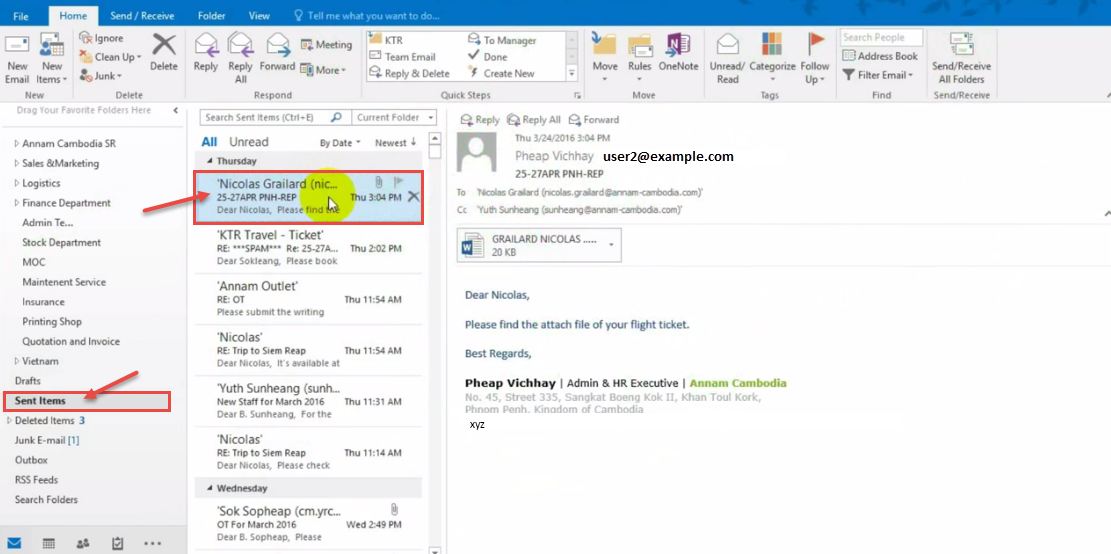

Liontrust’s latest acquisition hands it another £5bn in assets.

This all leads to a situation whereby a high margin of safety is warranted.
#Stocks outlook 2016 free#
Beyond this, we additionally require more information about whether free trade is a feasible solution without the free movement of people. We have the pending decision on how Article 50 can be triggered with or without parliamentary approval. On this basis, we took a contrarian approach and increased our conviction towards the currency despite large shorting activity among speculative traders. The remarkable crash in sterling priced in significant downside risk and fell considerably below our calculation of fair value. Our outlook for the pound remains mostly positive, although the recent rally has tempered this outlook somewhat. In such an environment, we hold all the assets that we want in the size that we want them – and by doing so, have some capital spare if an asset or collection of assets become cheap. Rather, it is an acknowledgement of a challenging environment with fewer attractive opportunities. However, it is important to reiterate that this does not infer a prediction of a crash. This is reflective in many of Morningstar’s portfolios. When asset prices appear unattractive, it is natural to hold increased levels of cash. For this reason, an investor needs to carefully consider which assets they hold and increase their focus on the risk of a permanent loss of capital. Consequently, the expected returns of most asset prices as we start 2017 is lower than in 2016. While we do not pretend to be able to forecast near-term asset price movements, it is worth noting that in our view, fundamental valuations have remained largely steady across most major asset classes. The first of these is that a sharp rise in prices that is not accompanied by an equivalent rise in fundamental values is the equivalent to ‘borrowing’ returns from the future. The performance of asset prices in 2016 contains many lessons and is a reminder that markets can move irrationally for extended periods. Most investors will be delighted with their portfolio performance in 2016, even if the recent increase in bond yields has caused short-term losses. The counter issue is the status of bond markets, as higher inflation expectations are driving up bond yields and thereby negatively impacting bond prices. Supporting this, we believe the long-term returns from US equities will likely be restrained given the extended valuations. Most notably, we remain cautious about expectations of Trump’s economic policies leading to sustainable asset price rises. While most commentators attribute this to a widespread view that Donald Trump is set to re-ignite US economic growth, we would be cautious about attributing market movements to a single factor. By our reckoning, market prices appear to reflect an optimistic view of the political and economic landscape.


 0 kommentar(er)
0 kommentar(er)
